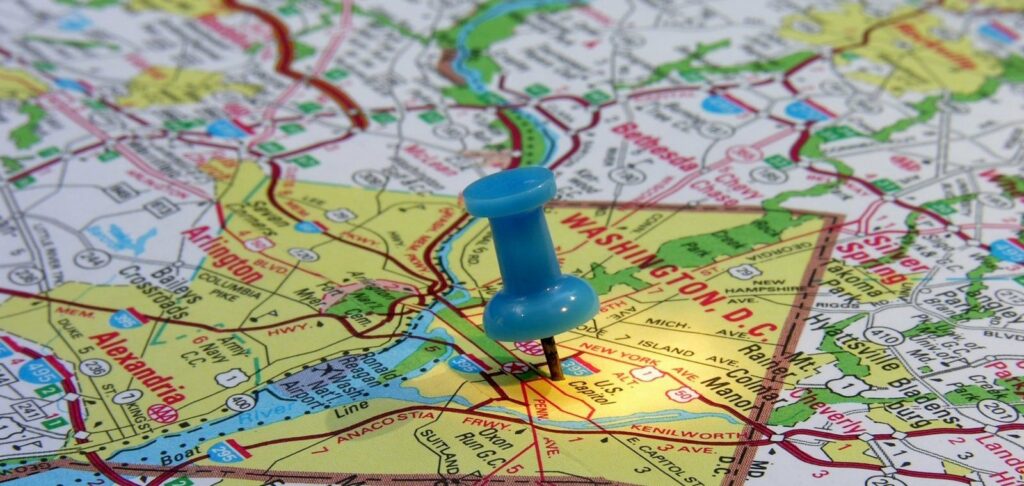
The quantitative methods school introduced models, symbols, formulas and quantitative values into management theory, which was based on reasoning and observation.
School of quantitative methods: formation
Leonid Kantorovich, the “most unknown” Nobel laureate of Soviet times, is considered the founder of the school of quantitative methods. He was born in 1912 in St. Petersburg and grew up a child prodigy. At the age of 14 Leonid passed the final exams of secondary school and entered the mathematics department of the university, and at the age of 18 he had already completed his studies at the university, was enrolled in graduate school, began teaching and doing scientific work.
In early 1939, Leonid Kantorovich, who had become a famous mathematician by that time, was approached by an acquaintance, the head of a trust. He asked the scientist whether it was possible to optimize production without additional costs. The problem interested the scientist, and he realized that similar questions would arise every time there was a need to use limited resources economically. In the same year he developed a mathematical method for solving the problem, later called “linear programming”, and published a brochure “Mathematical Methods of Production Organization and Planning”. Many economists found this work brilliant, but the authorities did not appreciate it because it was not invested in “Marxist economic theory”.
Operations Research
Mathematical equations can be used to describe various business processes and the relationships between them. Leonid Kantorovich himself started with optimization of production output – he created a mathematical apparatus to calculate how to correctly distribute resources (raw materials, workers, electricity, etc.) between production lines with different productivity in order to maximize profit or minimize costs.
Linear programming helps to solve many applied problems, including those arising in the work of a pharmacy. For example, by building an inventory management model, it is possible to know with mathematical precision exactly how many packs of a particular drug should be in the pharmacy in order, on the one hand, to minimize the negative consequences of product clutter, which are expressed in costs, and, on the other hand, to eliminate the risk of losses associated with insufficient stock levels.
Another practical field of application that the school of quantitative methods has covered is the use of the optimal service model. In a particular case, it will allow us to determine the optimal number of cash desks in a sales area, so that the waiting time in the queue for customers is not too long, and at the same time, so that the cash desks are not idle.
Decision theory
One of the most important areas in which the quantitative methods school developed was decision theory. This field of study focused on how to use mathematics, statistics, economics, and psychology to study and then calculate how people make choices and look for ways to achieve a desired outcome. Like the method originally developed by Kantorovich, decision theory first built models and algorithms for decision making, set certain parameters, and then used mathematical apparatus. Thus, many interesting regularities were established and it was realized how people make decisions in situations of uncertainty, high risk, time constraints, etc. All these data have been widely used. All these data have found wide application not only in management, but also in marketing, banking, military, politics and many other areas.



